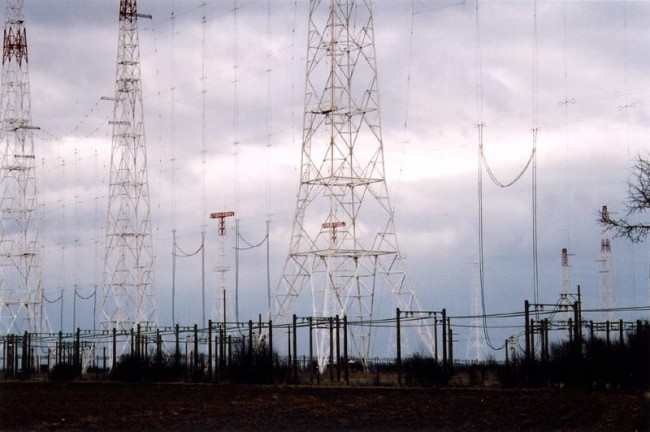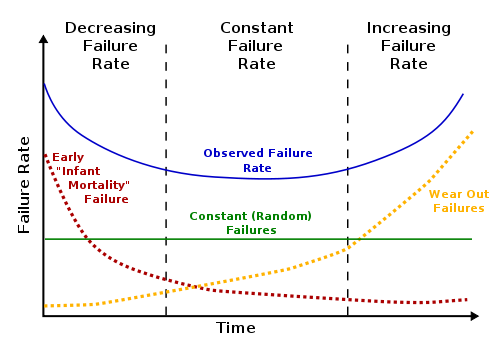Here’s a secret to all those broadcasters that think streaming online is the answer to all the world’s problems: It isn’t all that. I used to like listening to Radio Netherlands (Radio Nederland) on the shortwave. They have some excellent programs like The State We’re In. One problem, the only way to get it these days here in the US is via Webstream.
The same for many other world broadcasters like the BBC, CBC, HCJB, et. al. Most of these former big shortwave broadcasters have greatly reduced their operating hours or left the airwaves all together.

Streaming content on the world wide web is not broadcasting, nor can the quality and reliability be compared. Web streaming is far less reliable and offers lower quality than does HF broadcasting. The former broadcasters who have abandoned the airwaves to the likes of Radio China International will say otherwise, but that is their spin on the situation. Of course, using and maintaining high-powered broadcast transmitters is expensive, especially for governments that are faced with tough financial decisions.
First and foremost, streaming requires that I use my computer as a radio while I am trying to do other things on it. I bit of background on my computer; I have an 8-year-old Dell Inspiron 5150 that I purchased when I was working on my degree. When I got it, I asked our IT department guys what was the best course for buying a new computer. Their answer was to get the best, fastest processor available because everything else can be replaced/upgraded. I did just that, with a 3.06 GHz intel mobile P4. I have replaced the hard drive with a 200 GB unit and upgraded the RAM to 2.2 GB. The keys have most of the letters worn off, it has very distinctive wear marks on the case where I place my hands, etc. It has lived up to my expectations for serviceability and then some.
Even so, it does have its limitations. Listening to streaming audio of watching streaming video is not one of its strong points, especially when engaged in other tasks. Often, when listening to streaming, there are dropouts and other interruptions and the audio just doesn’t sound great coming from the computer speakers. Even external speakers leave something to be desired, quality-wise. Something about the digitized sliced and diced bit reduced stream that I find annoying and worse yet, fatiguing.
We live out in the sticks. Our local phone company, in spite of being the largest dial tone provider in the nation, has some reliability issues when it comes to their DSL service. Several times, the DSL goes out for no apparent reason, returning several hours or days later without comment from TELCO. If you call in an outage, they always act like they never heard of the problem.
Listening to my shortwave receivers offers better reliability and quality than streamed audio. I know I am not alone in this regard as several others have made the same comments. Listening to shortwave is listening to real radio, listening to tinny-thin audio over a computer or smartphone is crap.
There is an ever-dwindling selection of English shortwave broadcasters listenable in North America. Nature, as is said, abhors a vacuum. Therefore, income the religious broadcasters, false prophets, anti-government crackpots, hucksters, other governments with money like China and Russia, pirates, and others to fill the void. That is all well and good I suppose, but I do miss that day that I could get BBC news at the top of the hour on 15400 KHz.

